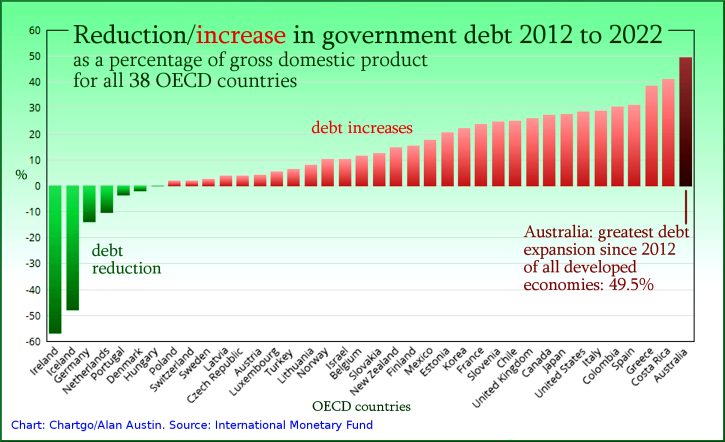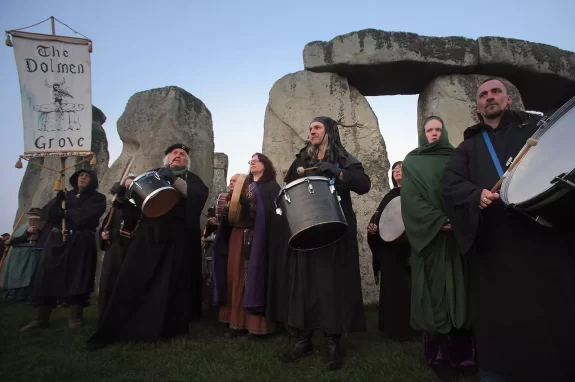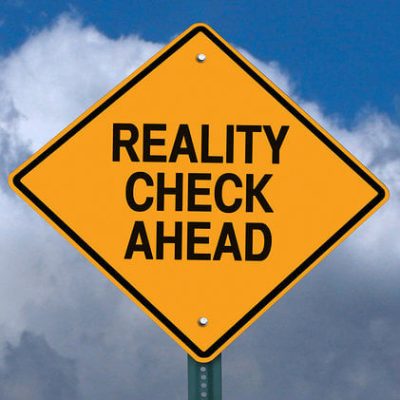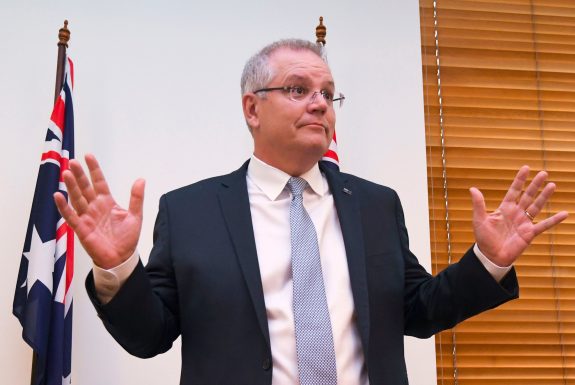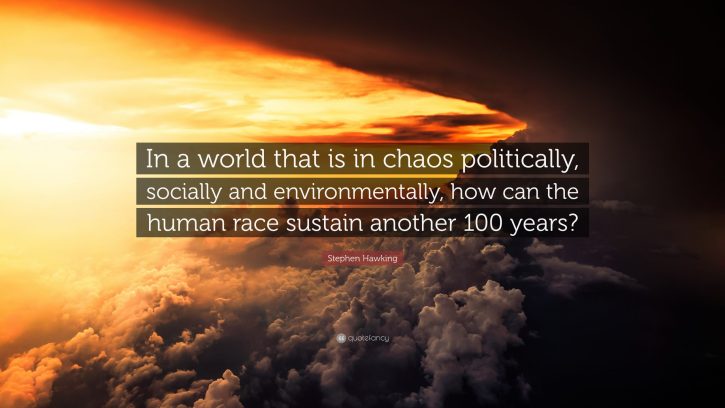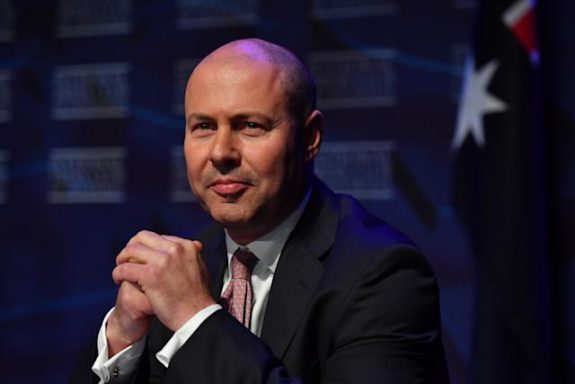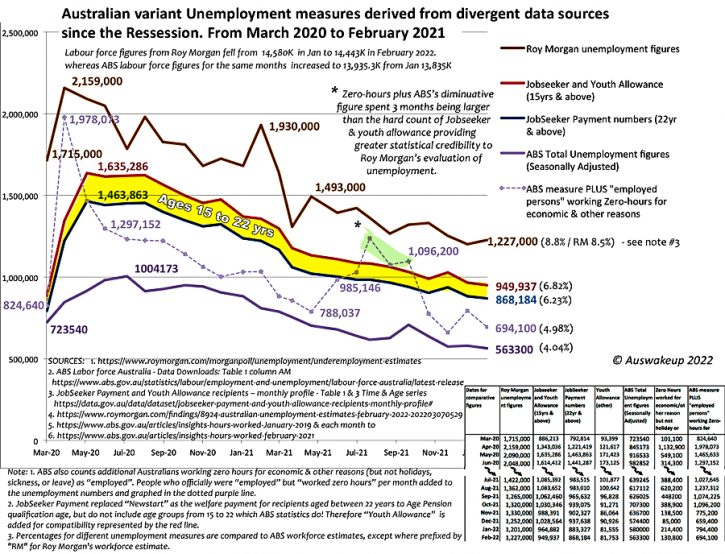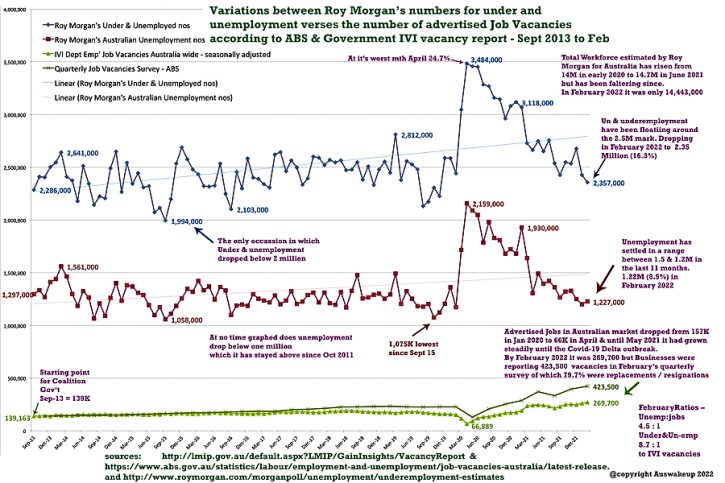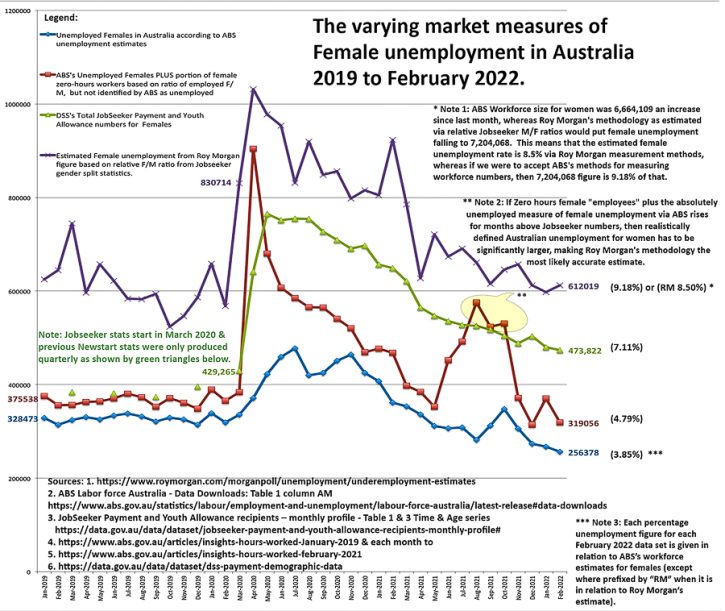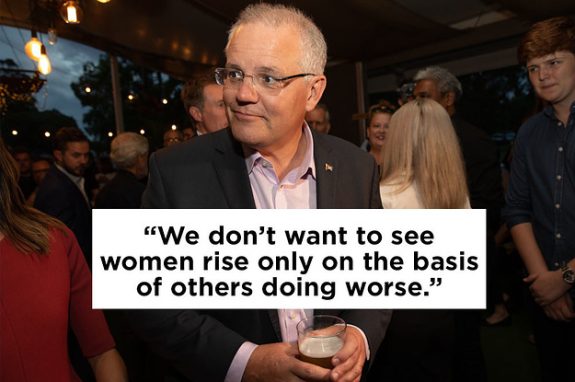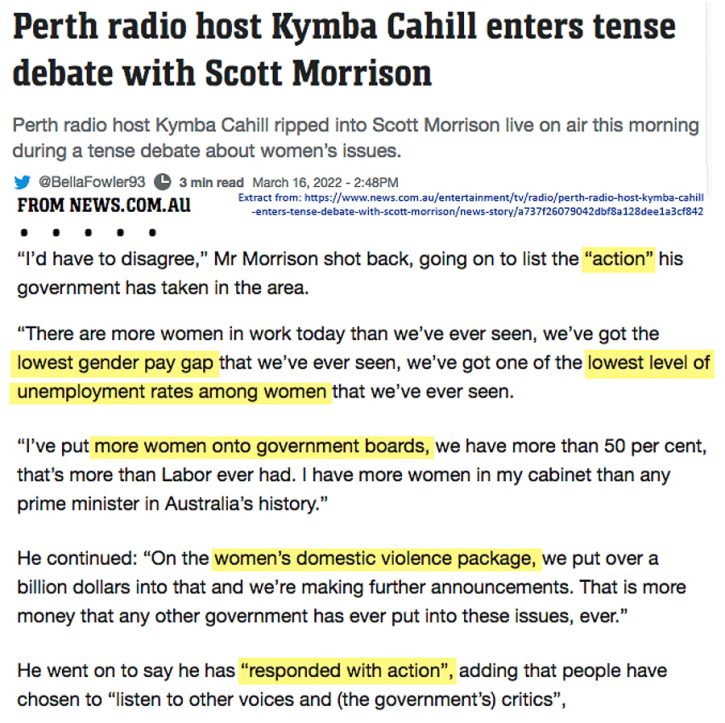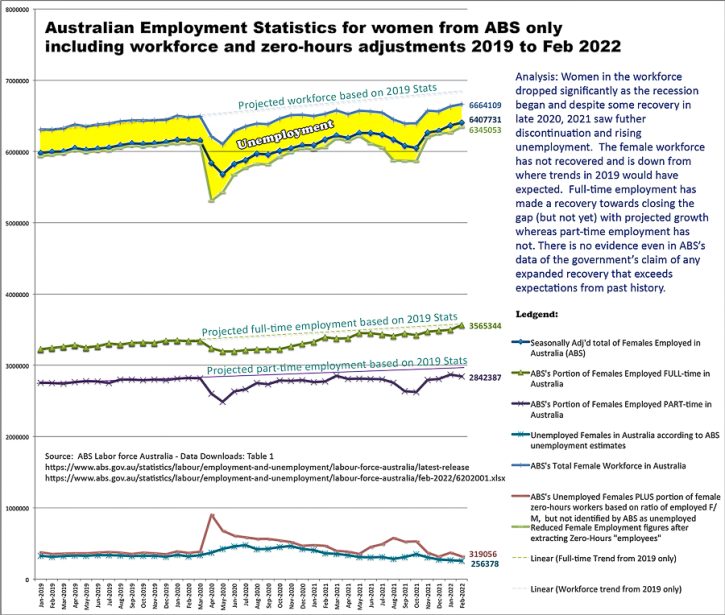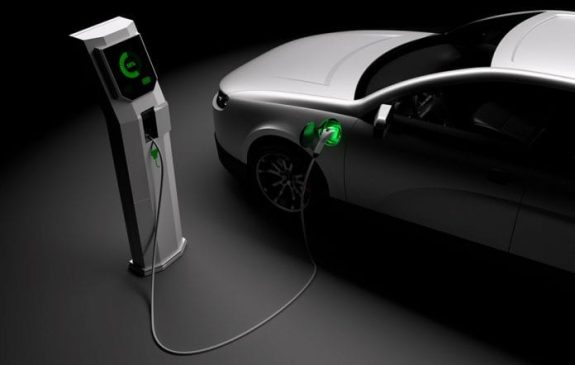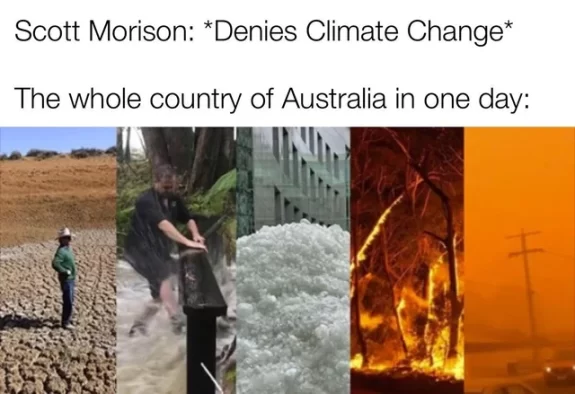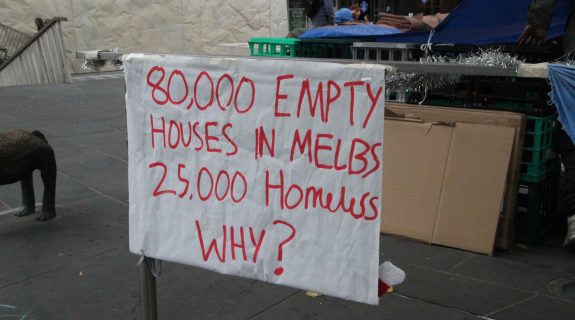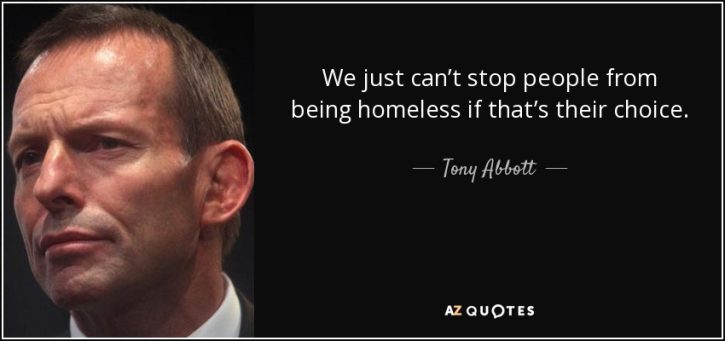Lies, damn lies and falling cats
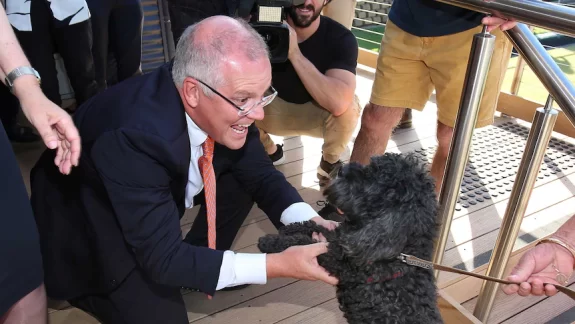
By 2353NM
So the election has been called. Everybody that believes they should be in Parliament will be travelling around, kissing babies (if that’s still allowed) and proclaiming from the rooftops that they are the best thing since sliced bread and should be your representative on Capital Hill. Most of them have as much chance of getting into the red or green chambers as I had of having the winning Lotto numbers last week (I didn’t), but it won’t stop them from promising the world and presenting themselves in the best possible circumstances.
We, as the people that vote, have to go to a polling booth on the appointed day, collect a couple of pieces of paper and mark them. All the papers are collated at the end of the day and after the implementation of some mathematics and statistics, one of the hopefuls is destined for the next three or so years of travelling to Canberra on a regular basis and – in theory anyway – representing the views of the residents of individual electorates in the Australian Parliament.
For some reason the role of jumping onto a plane and enjoying the delights of the Canberra Airport or driving along the Federal or Monaro Highways on a regular basis is tightly contested. These people can influence how we live our lives and as a consequence of that can inflict their particular moral or ethical beliefs on the rest of us for a considerable period of time.
And so, some of those pretenders to the throne have a tendency to ‘gild the lily’ a little. For example, Health Minister Greg Hunt (who co-incidentally is retiring at the next election) announced on 16 December 2021
The Morrison Government is continuing to implement its response to the Royal Commission into Aged Care Quality and Safety, with a further financial investment of $632.6 million.
… on top of record funding of $17.7 billion already committed in the 2021-22 Budget. No doubt this funding increase and probably the marketing of it was approved by Federal Cabinet. While the information is factually correct, it’s not really the entire truth. In the 2016 Federal Budget, the same government, with Scott Morrison as Treasurer made cuts to the funding of some services in aged care that according to the industry at the time would
cost the sector in excess of $2.5 billion over the next four years, almost $840 million more than the government has estimated, a major new analysis shows.
It seems the reality is the new funding from 2021 goes some way towards restoring the cuts of 2016.
As you may have guessed, there is a term for this type of behaviour. It is survivorship bias. Effectively, you have to ask the right question or look for all the information.
There was a study in 1987 that suggests that if you throw a cat off the roof of building up to six stories high it will probably have greater injuries than a similar cat thrown from a building higher than six stories. The expounded theory is that cats reach their terminal velocity (they won’t fall any faster) at about the height of a five-story building and in the last stage of the fall have enough time to place their bodies in the best position for landing and the subsequent attention to fractures and so on from the vet. That makes sense until you consider the entire scenario. Most cats that fall from heights greater than a six-story building die, so there is no need to take them to a vet, measure or manage the fractures and so on, so there is no record of their demise.
Another example of survivor bias is during World War 2, the allied forces ran a study of where planes were damaged on their return to the home airfield. The plan was to reinforce and install additional armour in the frequently damaged sections of the plane to enhance the probability of any individual plane making it safely back to base. Columbia University’s Statistical Research Group recommended the armour be installed in areas of the plane that frequently were not damaged on their return to base as the planes that sustained damage in those areas didn’t return. The ‘real’ question was why didn’t planes come back, rather than how much damage can a plane sustain and still return.
So, while additional funding for the aged care sector in Australia is welcome and hopefully will make a difference, the media release is factual but not really the truth. If the announcement was completely truthful, it should have acknowledged that the 2016 funding cut was wrong and this ‘new’ funding restores some of the funding that was removed five years earlier.
It’s very easy for either of the two major parties to declare a decision taken by the other side is wrong (Morrison is still using that excuse after his side has been in power for almost a decade), but generally very hard for politicians to admit they got it wrong or don’t know all the answers. There are of course exceptions – former Queensland Premier and former Australian Rugby League Chairman Peter Beattie made a career out of apologising when he was found to be wrong and promising to do better.
So when the prospective politician, regardless of their allegiance to orange, yellow, blue, red, green, teal or any other colour promises you the world on the glossy brochure, the well-produced television spot or the slick social media post during this election campaign, remember the term survivor bias and ask yourself if this is the answer to the real question. You also have the right to ask the ‘real’ question of your candidate and expect a reasonable and considered response. After all, if they get to Capital Hill, they are supposed to be working for you, not the ‘party hierarchy’ or political donors who expect a return on their investment.
What do you think?
This article was originally published on The Political Sword
For Facebook users, The Political Sword has a Facebook page:
Putting politicians and commentators to the verbal sword
Like what we do at The AIMN?
You’ll like it even more knowing that your donation will help us to keep up the good fight.
Chuck in a few bucks and see just how far it goes!











